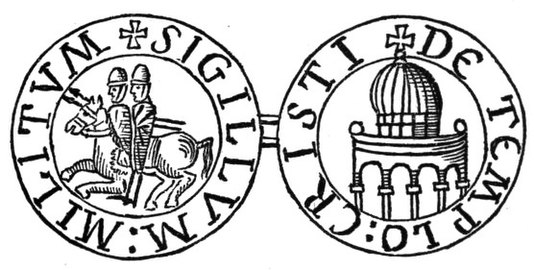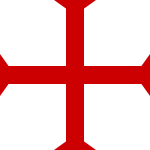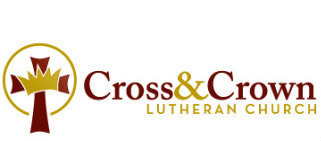How much of that video do you accept as valid, Finkelstein?
Some of its speculatively weak I admit but the information provided does create an overall picture of how much Russell accumulated his own self expressive theological ideas from the Freemason organization.
The accumulation of evidence supports this from the Knights Templar symbol on the front cover of Zion's Watchtower and the fact that Russel used Masonic Halls for much of his public talks wherever he traveled about etc.
Its sounds like your being dismissive in denial of this compiled evidence TD ?
.......and yes I'm aware of other religious organizations using the Cross and Crown
The author of the video comes across as out beyond Pluto here.
Not that far as you may assume TD, if all the information he alluded to was way off then I would agree but it doesn't.
The ending to Russell's theological expressions comes down to the fact that he thought he acquired unknown coded information that was previously undisclosed primarily by main stream Christendom.
The WTS held onto that core ideological concept from much of its existence and utilized it as a marketing strategy toward the proliferation of the WTS's own publications.
Russell and Rutherford assumed they cracked unknown messages or correct interpretation of the bible by being guided by God's Holy spirit and to reveal what they found to all mankind as prophetic saviors.
The transcendental light from these men seems to have been tainted by adverse commercialism.





